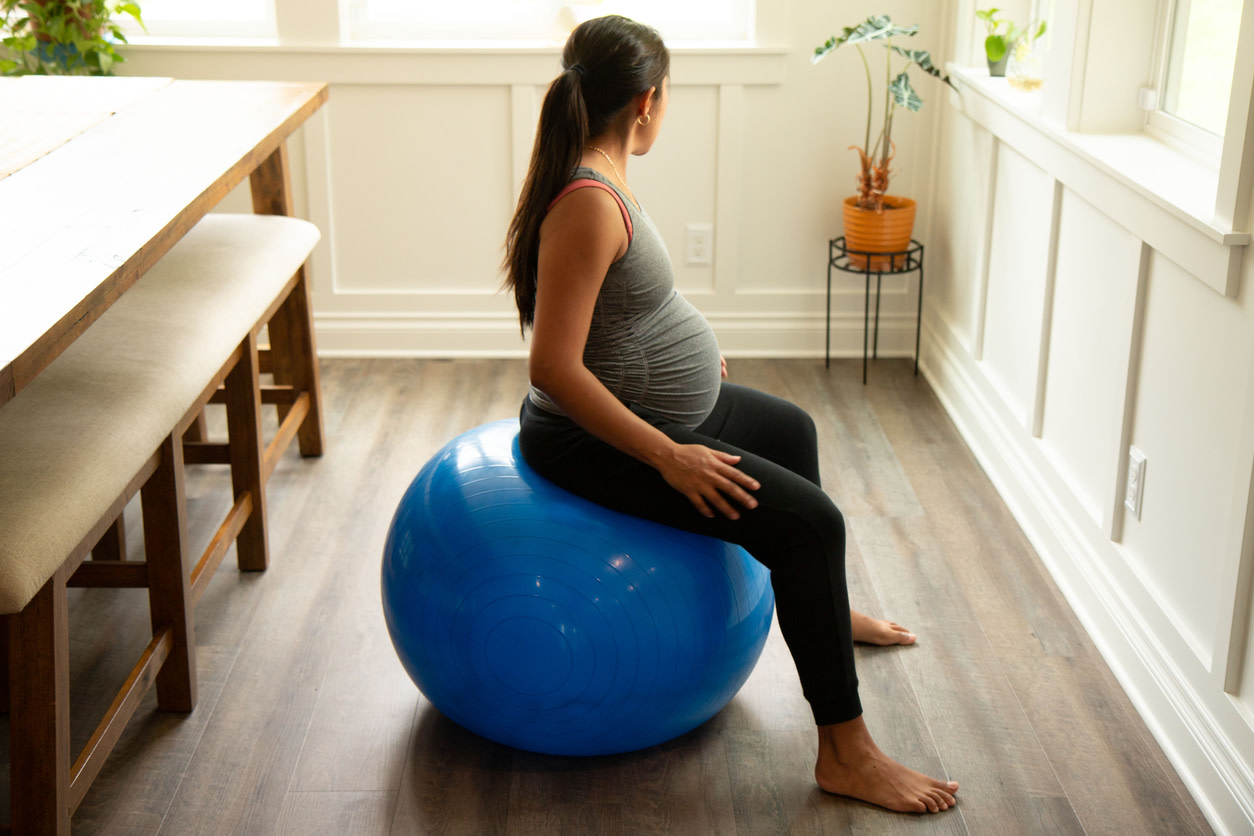Best Birthing Positions for Every Labor Stage: Tips from Pelvic Floor Physical Therapists
Learn the benefits of different birthing positions to reduce pain during labor and delivery, according to pelvic floor physical therapists.
0 $ pour vous
Dernière mise à jour : Oct 23, 2025
Table des matières
Fully Covered Pelvic Care
Find relief from pelvic pain, leakage, muscle weakness, & more.
Check if I'm eligible